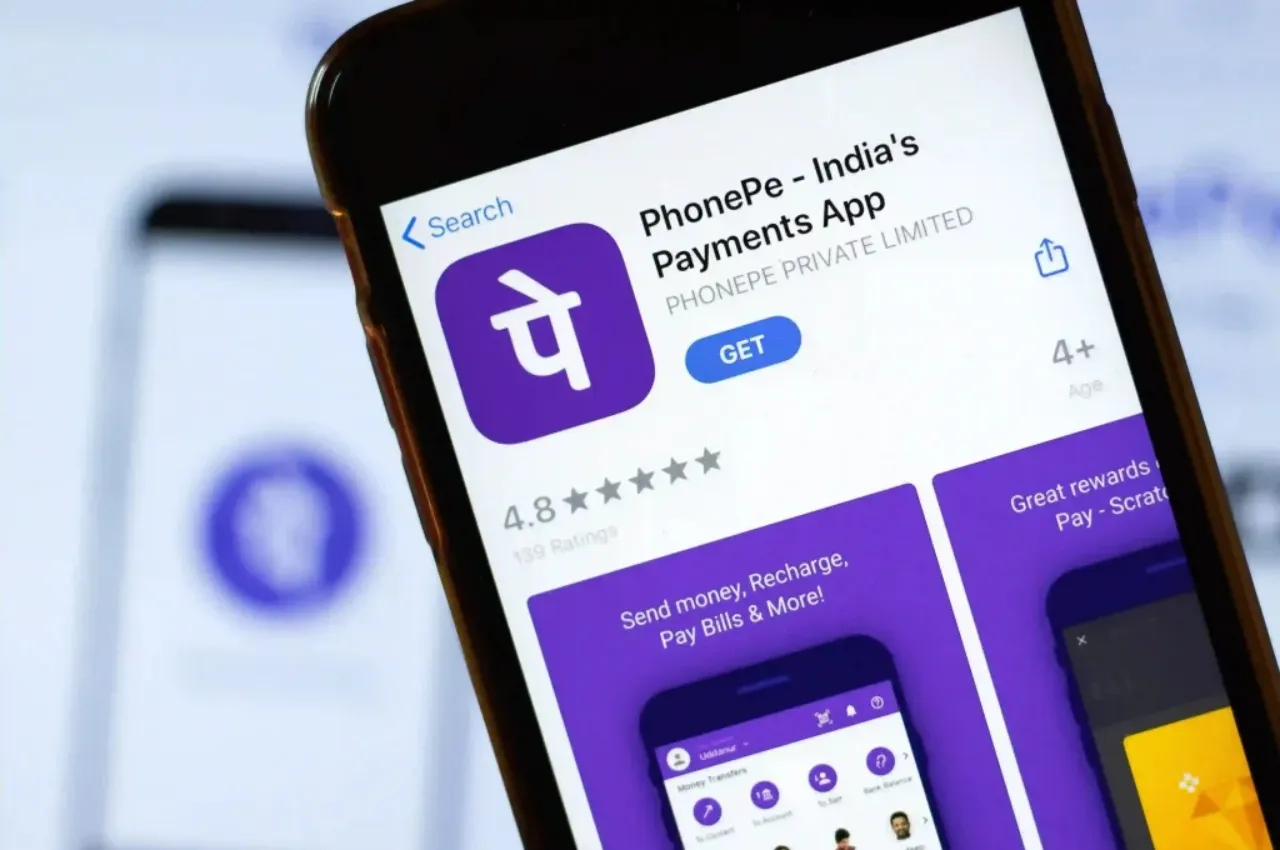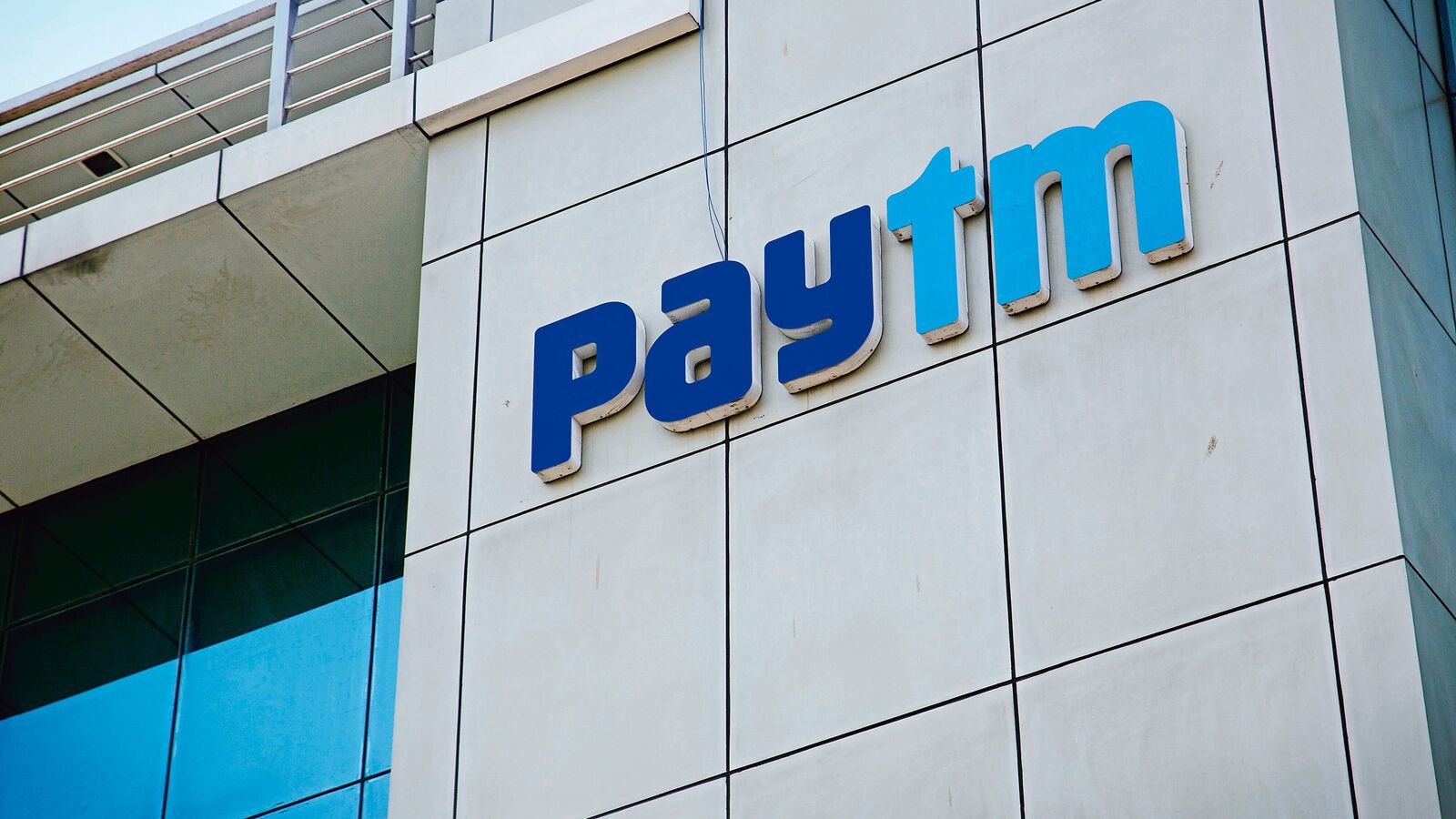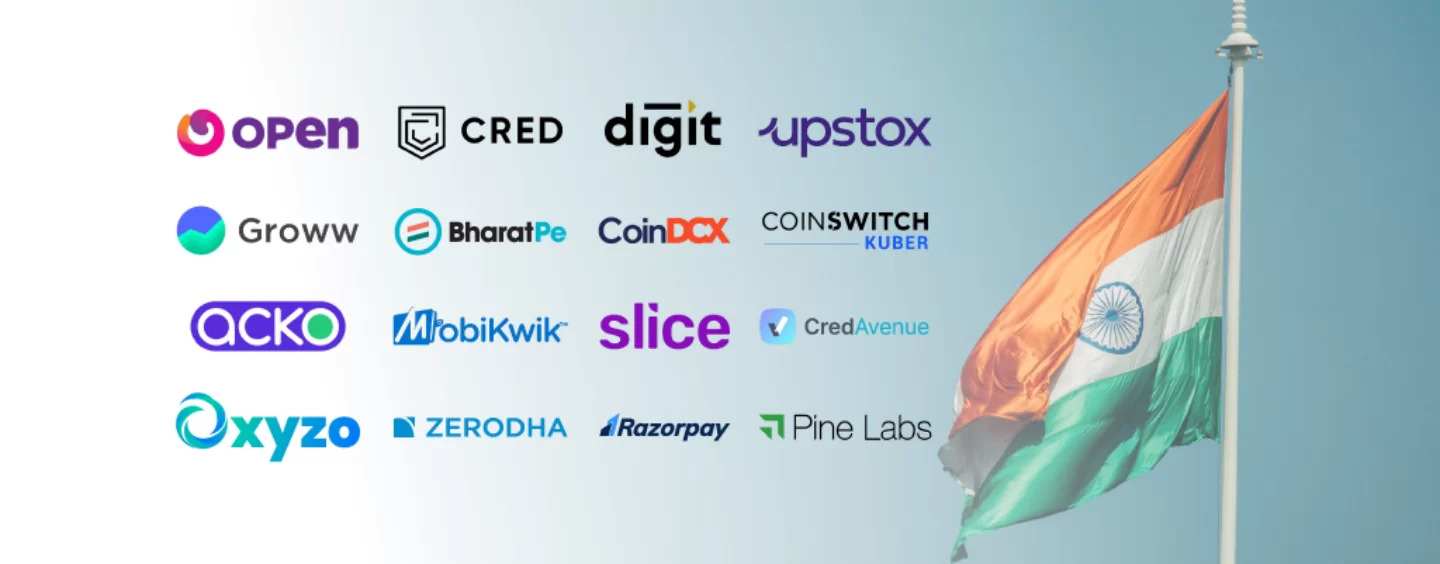India is facing a dilemma in addressing the dominance of PhonePe and Google Pay in the country’s UPI payments network. The National Payments Corporation of India (NPCI) aims to limit the market share of any player to 30% in the Unified Payments Interface ecosystem. However, the NPCI is encountering challenges in compelling PhonePe and Google Pay to reduce their market share.
Key Takeaway
India is grappling with the task of addressing the dominance of PhonePe and Google Pay in the UPI payments network, with the NPCI seeking to limit the market share of these players. The technical challenges and the potential impact on players like Paytm underscore the complexity of the situation.
The NPCI’s Quandary
The NPCI is grappling with the technical barriers to achieving the desired market share distribution. Despite delaying the enforcement of rules until 2024, the NPCI is uncertain about the approach to address this issue. The organization has reached out to industry players for potential solutions, highlighting the complexity of the situation.
Parliamentary Panel’s Call to Action
A parliamentary panel recently urged the Indian government to support domestic fintech firms to counter the dominance of PhonePe and Google Pay. This call to action follows the central bank’s directive to Paytm, the third-largest player, to cease certain operations at Paytm Payments Bank.
Impact of UPI on India’s Payment Landscape
India’s real-time digital payments system, UPI, has significantly transformed the country’s payments landscape since its introduction in 2016. With nearly 492 banks, 70 million merchants, and a monthly transaction volume exceeding 10 billion, the UPI network has become integral to India’s digital economy.
Challenges Faced by Paytm
Paytm, the third-leading player, is currently facing challenges that have prompted a brokerage firm to revise its price target. Concerns about potential loss of lending partners and customers have led to a reassessment of Paytm’s valuation, with the firm being described as “fighting for its survival.”

























